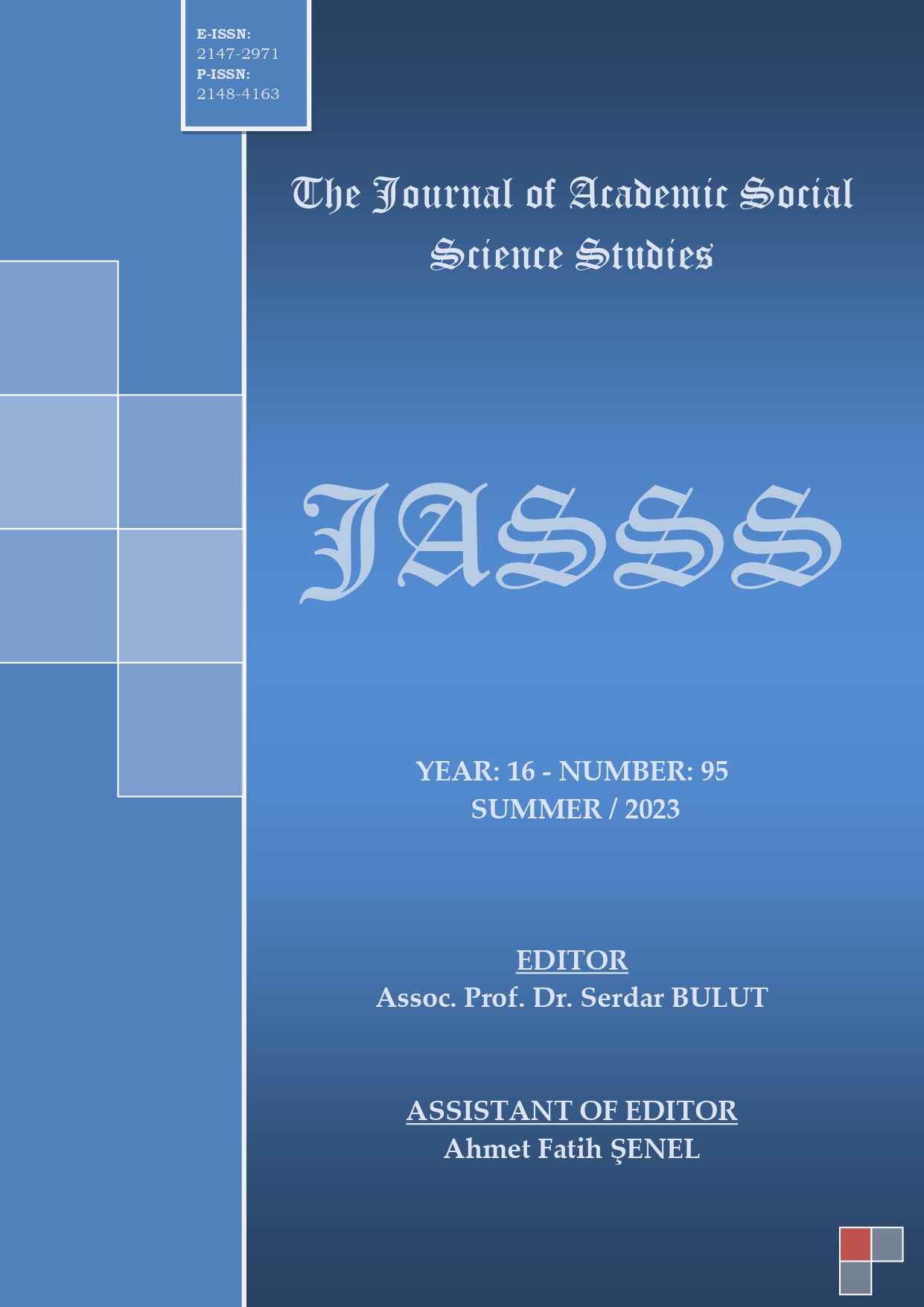Author :
Abstract
Tarihi yapıların yerinin değiştirilmesi, zorunlu durumlarda uygulanan hassas bir yöntemdir. Taşıma, özgün konumunda mekânsal bağlamda kopmasına, bunun sonucunda kültürel hafızanın devamlığı konusunda ciddi bir kırılmaya neden olmaktadır. Mimari yapıtın taşınması sürecinde, yapının kendisinin ve çevresinin tarihi dokusunun korunması için bazı kurallara dikkat etmek gerekmektedir. Tarihi yapının mümkün olduğunca yerinde korunması sağlanmalıdır. Bunun mümkün olmadığı durumlarda ise taşıma işlemine son çare olarak başvurulmalıdır. Taşınmaz kültür varlıklarının gelişen toplumsal ihtiyaçlar doğrultusunda taşınması gerekli durumlarda özgünlüğünün değişmeden korunmasının sağlanması gerekmektedir.
İstanbul da 60’lı yıllarda imar faaliyetlerinin artması ile birlikte eserlerin korunmasında taşıma seçeneği oldukça kullanılmaya başlanmıştır. Bu taşıma süreci bazı durumlarda kent kimliğinin veya belliğinin kaybı ile sonuçlanırken bazı durumlarda ise eserlerde kayıp ve bozulmalara neden olmaktadır. Bu çalışmada bir taşıma örneği olarak, edinilen belgelerle Yahya Efendi Çeşmesi’nin geçirdiği süreç incelenmeye çalışılmıştır. Silahtar Yahya Efendi Çeşmesi İstanbul ili Beyoğlu ilçesi Ömer Avni Mahallesi Meclis-i Mebusan Caddesi, 743 Ada 1 Parselde bulunmaktadır. Başka bir ifadeyle Kabataş –Üsküdar İskelesinin tam karşısında Kabataş seddine bitişik durumdadır. Aynı caddesi üzerinde bulunan Koca Mustafa Paşa Sebili (bugün ki adıyla Sebil Cafe) ile Mehmet Emin Ağa Sebili’nin arasında yer almaktadır. Tarihi süreç içinde çeşmenin konumu değişerek mimari özellikleri bakımından bazı bozulmalara maruz kalmıştır. Bununla birlikte çeşmenin mimarisi ve motiflerinin kompozisyon özellikleri ile yapı üzerindeki çatlakları, malzeme kayıpları, yosunlaşma, kirlenme gibi olumsuz değişimler, hakkında bilgi verilmesi amaçlanmıştır.
Keywords
Abstract
Relocation of historical buildings is a sensitive method applied in necessary situations. Relocaton, causes a break in the spatial context in its original location, and as a result, it causes a serious break in the continuity of cultural memory. In the process of relocation the architectural construction, it is necessary to pay attention to some rules in order to preserve the historical texture of the building itself and its surroundings. It should be ensured that the historical structure is preserved in situ as much as possible. In cases where this is not possible, relocation should be resorted to as a last resort. In cases where it is necessary relocation of historical buildings in line with the developing social needs, it is necessary to ensure that their originality is preserved unchanged.
With the increase in zoning activities in Istanbul in the 60's, the option of relocation has begun to be used in the protection of buildings. While this relocation process results in the loss of urban identity or identity in some cases, it causes loss and deterioration of the tradinational buildings in some cases. In this study, in this respect, the process of the Yahya Efendi Fountain has been tried to be examined with the documents obtained as an example of relocation. The Silahtar Yahya Efendi Fountain is located in the Beyoğlu district of Istanbul, in Ömer Avni Neighborhood, on the Meclis-i Mebusan Street, Block 743, Parcel 1. In other words, it is adjacent to the Kabataş Wall, just opposite the Kabataş-Üsküdar Pier. It is located between Koca Mustafa Paşa Sabil (today's Sebil Cafe) and Mehmet Emin Ağa Sabil on the same street. The location of the fountain has changed in the historical process and has been subject to some deterioration in terms of its architectural features. It is aimed to give information about the architecture of the fountain and composition of motifs and coating fractures, lost of materials, algae growth, staining, seen on the fountain.
